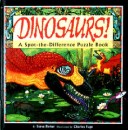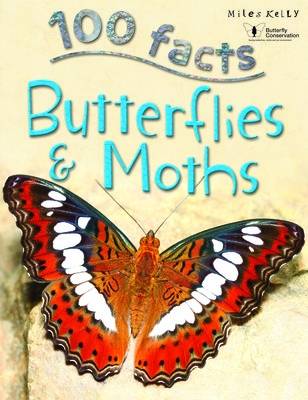100 Facts
8 total works
100 Facts Sharks is bursting with unbelievable images, fun activities and exactly 100 fascinating facts. Children will learn everything they need to know about these fascinating fish.
100 Facts Sharks covers key topics about this varied fish group in simple, exciting numbered facts for kids. Every page is covered in fantastic illustrations and photographs that support a child's understanding of the text. This exciting shark book for kids aged 7+ will amaze and enthral inquisitive minds.
Essential topics covered in 100 Facts Sharks:
- Hunting features that are designed to kill and the mating process
- The world's biggest predatory fish - the great white shark
- Strange shark species such as the goblin shark
Examples of 'I don't believe it' fascinating facts:
- The smallest sharks could lie curled up in your hand. The dwarf lanternshark is just 20 centimetres long!
- The blind shark of Australia can see, but not very well. When it's caught, it closes its eyes so tightly that it appears to have none!
- As the young of the sand tiger shark develop inside their mother, the bigger ones feed on the smaller ones!
Activities to make learning accessible and interactive include:
- Quiz question: How may gills do most sharks have - 5, 10 or 12?
- Make a flying ray using stiff paper, coloured pens, a drinking straw and some modelling clay
- Quiz question: Sharks can be tracked by satellite. True or false?
Author: Steve Parker
Pages: 48
Age: 7+
Dimensions: 9 X 12
Format: Paperback with holographic foil
ISBN: 9781782095897
100 Facts Bugs is bursting with exactly 100 amazing facts, fascinating images and fun activities to help children aged 6-10 years learn everything they need to know about insects and spiders.
- Simple activities for your child to understand more about how insects live.
- Full-page images provide the 'wow' factor when reading new information.
- Labelled photos to show the key features of insects and arachnids.
Synopsis - Product details
100 Facts Bugs contains key topics about creepy crawlies in concise numbered facts. Each fact is accompanied by fantastic illustrations and photographs, which add visual meaning to the information for kids. This is an ideal first look at insects books for kids aged 6-10 years.
Topics covered in 100 Facts Bugs:
- How to identify different species and which is the most widespread.
- Special hunting and survival tactics such as camouflage.
- The most deadly and dangerous bugs in the world.
'I don't believe it' fascinating facts:
- Courtship is a dangerous time for the male praying mantis. The female is much bigger than the male and, as soon as they have mated, she may eat him!
- Ants look after aphids and milk them like cows! They stroke the aphids to obtain a sugary liquid called honeydew, which the ants sip to get energy.
- The name 'tarantula' was first given to a type of wolf spider from Europe.
Activities to make learning accessible and interactive:
- Quiz question: Which part of the firefly glows in the dark?
- Investigate how light a pondskater is by using a bowl of water and different objects.
- Make a list of how many insects you spot in a day.







